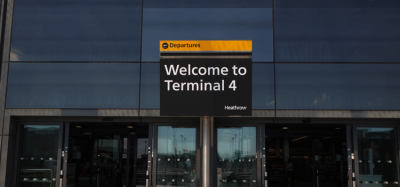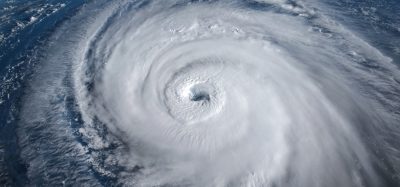Detecting a tragedy
Posted: 1 June 2012 | Mr Nutt, Vice President, Aviation Safety, Airports of Thailand | No comments yet
The risks of Foreign Object Debris (FOD) have been well documented, both within the industry and the main stream media. The tragic events of Air France flight 4590, when Concorde crashed at Paris Charles De Gaulle Airport, was caused by a piece of debris on the runway – a titanium alloy strip that had become displaced five minutes previously from a Continental Airlines DC-10 aircraft – rupturing one of the Concorde’s tyres, propelling debris into the underside of the wing structure and ultimately causing the aircraft to catch fire and crash, killing all passengers and crew onboard.
Twelve years on, detecting FOD is now a crucial part of an airport’s operations. Suvanabhumi Airport in Bangkok, Thailand has recently invested in the latest technology to recognise any potential dangers that may be lurking on its runway. Mark Glover from International Airport Review spoke to Mr. Nutt, Vice President of Aviation Safety at Airports of Thailand (AOT) to find out more about the initiative.
How important is the detection of FOD on your airport’s runways?
The risks of Foreign Object Debris (FOD) have been well documented, both within the industry and the main stream media. The tragic events of Air France flight 4590, when Concorde crashed at Paris Charles De Gaulle Airport, was caused by a piece of debris on the runway – a titanium alloy strip that had become displaced five minutes previously from a Continental Airlines DC-10 aircraft – rupturing one of the Concorde’s tyres, propelling debris into the underside of the wing structure and ultimately causing the aircraft to catch fire and crash, killing all passengers and crew onboard.
Twelve years on, detecting FOD is now a crucial part of an airport’s operations. Suvanabhumi Airport in Bangkok, Thailand has recently invested in the latest technology to recognise any potential dangers that may be lurking on its runway. Mark Glover from International Airport Review spoke to Mr. Nutt, Vice President of Aviation Safety at Airports of Thailand (AOT) to find out more about the initiative.
How important is the detection of FOD on your airport’s runways?
Nowadays, there are increased numbers of aircraft damaged from aircraft operations on Suvanabhumi’s runways, which affects our credibility and the trust airlines have in us. This is unacceptable for Suvanabhumi Airport because it is one of our aims to provide safety for airlines using our services. In order to comply with rules and regulations, and the ICAO Standard Doc 9859 Safety Management Manual (SMM) on runway safety, we therefore saw the need to solidly solve this problem.
What procedures do you currently have in place to deal with FOD?
Normally, we screen FOD six times a day with vehicles and eyesight according to instructions indicated in the Aerodrome Manual. If FOD is found, it will be collected and recorded to generate hazardous statistics. We also conduct a risk assessment in order to determine suitable measures to solve the specific problem.
How important is it to work with airlines when dealing with FOD detections?
We have monthly meetings with all of our stakeholders. If any airlines find difficulties in their operations, they can present them to this committee. In case of an emergency, there are designated communication channels where specific officers can be contacted. For instance, if airline officers find FOD on the runway, they will notify ATC who will then report back to us in order to deal with the issue.
How has the process of FOD detection improved over the years?
Recently AOT has implemented a Safety Management System (SMS) at Suvanabhumi Airport for the process of reporting hazards, the identification of hazardous conditions and, as previously mentioned, a working risk assessment solely for FOD. We also train our staff and the related stakeholders on the safety and knowledge that is required when approaching FOD.
How will the Xsight system complement your current FOD detection procedures?
Due to the increase of services used in Suvanabhumi Airport, our runways are used continuously, which cuts down our time for FOD runway inspection. The implementation of Xsight system will enhance Suvanabhumi Airport’s efficiency. FOD which is picked up by the Xsight system will be notified to those specific officers in order to collect the FOD quickly and effectively, again this data will then be generated into our risk assessment SMS system.
Join our free webinar: Beyond silos: How ecosystem thinking elevates the airport experience
In today’s complex aviation landscape, airports are moving beyond siloed operations to embrace a new era of collaboration. This webinar focuses on how leading airports are using ecosystem thinking to adapt, personalize, and continuously improve every touchpoint, boosting both passenger satisfaction and non-aeronautical revenue.
Date: 13 Nov | Time: 10:00 GMT
REGISTER NOW TO SECURE YOUR SPOT
Can’t attend live? No worries – register to receive the recording post-event.


















